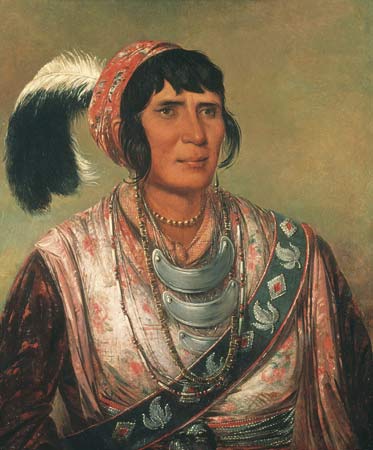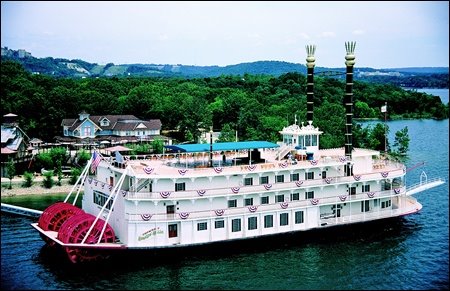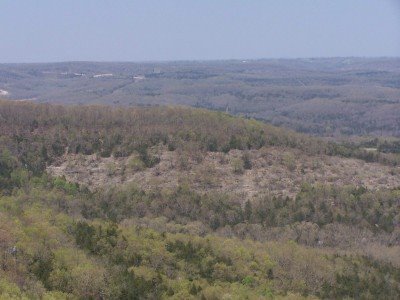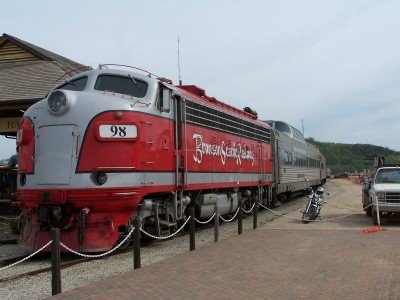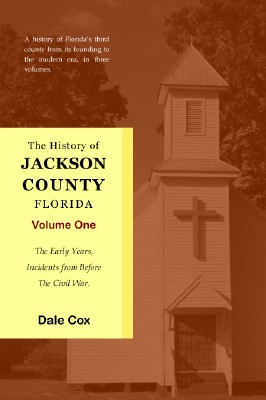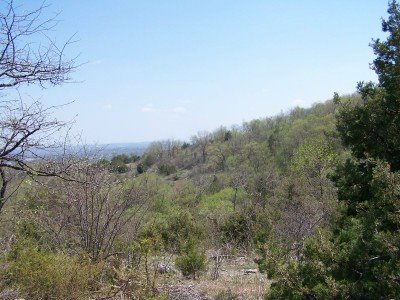
This is a view of a casting prepared from the actual face of the Seminole war leader Osceola at the time of his death in 1838. It is located in the display area of the visitor center at Paynes Prairie Preserve State Park near Gainesville, Florida.
It is a haunting view of the man that emerged as one of the most noted Native American figures of the 19th century.
Osceola was born in the Creek Nation of present-day Alabama in around 1804. Different claims have been made as to his actual place of birth. Some sources hold that he was born among the Lower Creeks on the Chattahoochee River, while others state that his birth took place among the Upper Creeks on the Tallapoosa River.
It should be noted that he would not have been called by his later name at this time. What his childhood name was is not known, although he was often called Billy Powell by the whites.
There also has been debate as to whether his father was a white trader or a Native American warrior. The use of the Powell name by whites to refer to Osceola prompted speculation that he descended from a trader of that name operating in the Creek Nation at the time of his birth.
Because his mother by 1818 was known to have been part of the band of Peter McQueen, a refugee chief from Tallassee on the Tallapoosa River, it appears likely that Osceola was born among the Upper Creeks.
As to the heritage of his father, Osceola himself stated during his lifetime that his father was Creek, not white. Testing of an alleged sample of his hair revealed that the great Seminole may have had mixed ancestry, but this does not necessarily mean he descended from a white father. His mother was a member of the McQueen family. The McQueens, including the chief Peter McQueen, were descended from the Scottish trader James McQueen that had lived among the Creeks for many decades and had married a Creek woman.
By 1813, Peter McQueen and many of his followers from Tallassee had joined the Red Stick movement of the Creek Prophet, Josiah Francis (Hillis Hadjo). When the Red Sticks concentrated at the Holy Ground town on the Alabama River between the modern towns of Montgomery and Selma, it is likely that Osceola and his mother were among them. This was believed to be a place of security where women and children would be protected while the Prophet's warriors engaged American armies in the Creek War of 1813-1814.
Holy Ground was attacked and destroyed by Mississippi Territorial Militia late in 1813, although most of the Red Stick warriors and noncombatants escaped across the Alabama River.
By the summer of 1814, Peter McQueen and his followers had fled south into Spanish Florida in search of food and arms. They were supplied there by British forces then engaged in fighting the United States in the War of 1812. McQueen was reported in several locations in 1814-1815, including Pensacola and then a British fort on the Apalachicola River. By the end of 1815, he and his followers had settled among the Seminoles then living in the area around present-day Tallahassee.
Assuming that Osceola and his mother stayed with the rest of Peter McQueen's followers through this time period, then their movements can be traced by following McQueen's. This means they would have followed him south to Pensacola and eventually into the Tallahassee area. It is known they were there by the time of the First Seminole War in 1817-1818.
Our series on the life of the Seminole leader Osceola will continue.
